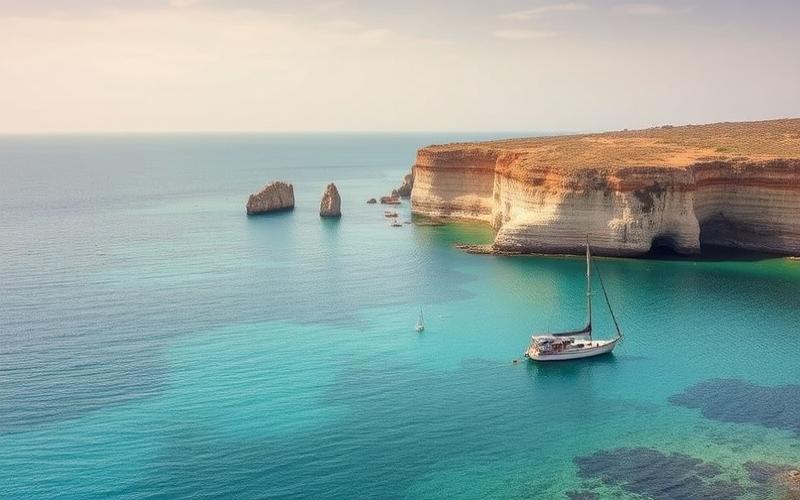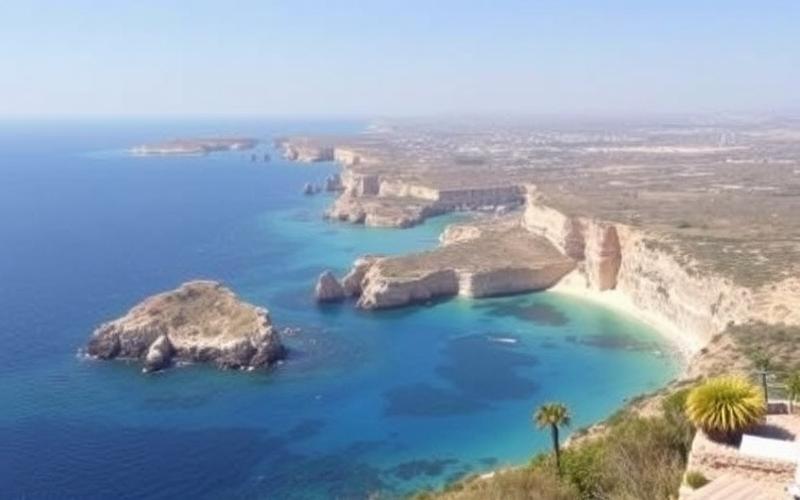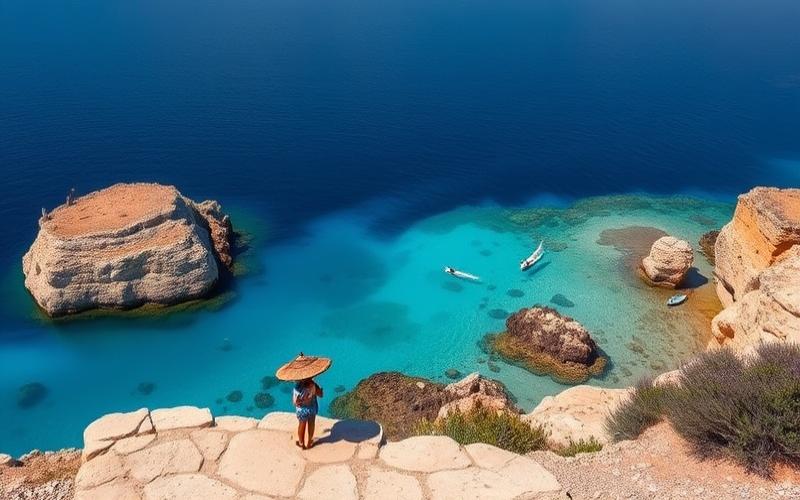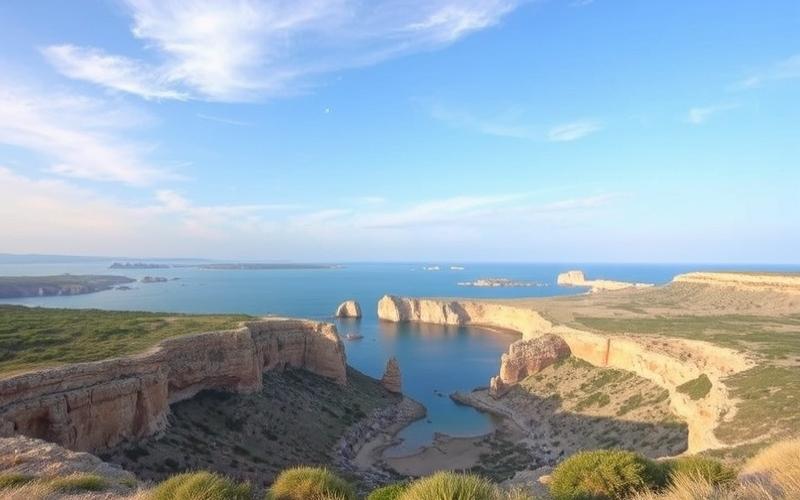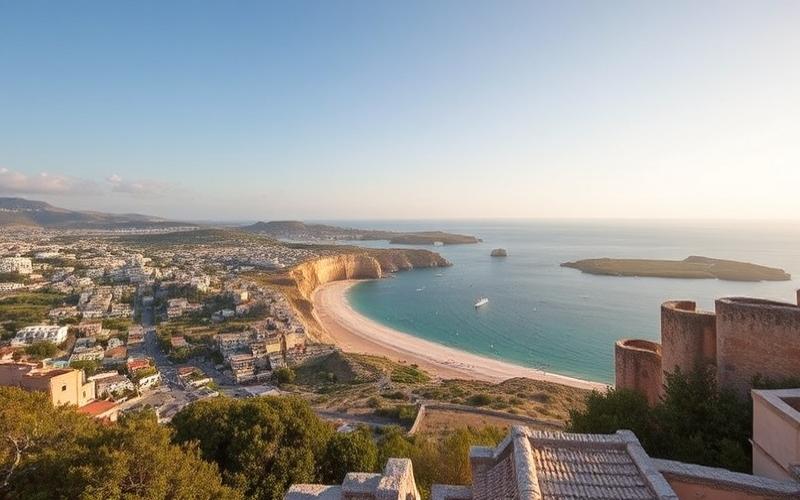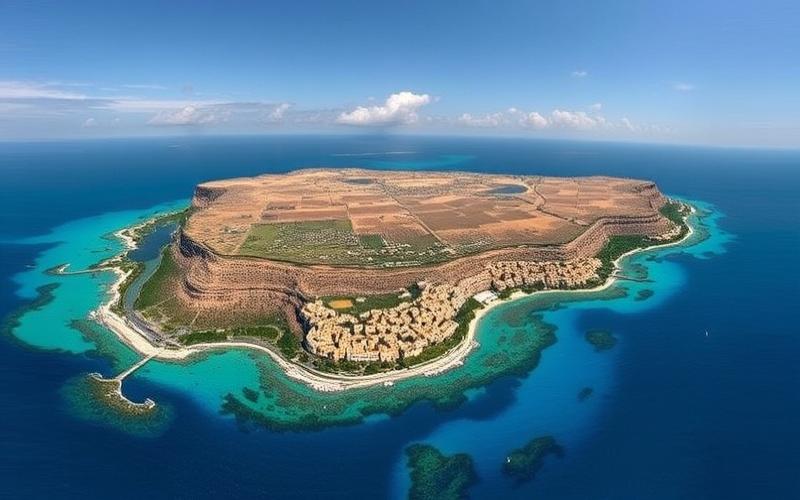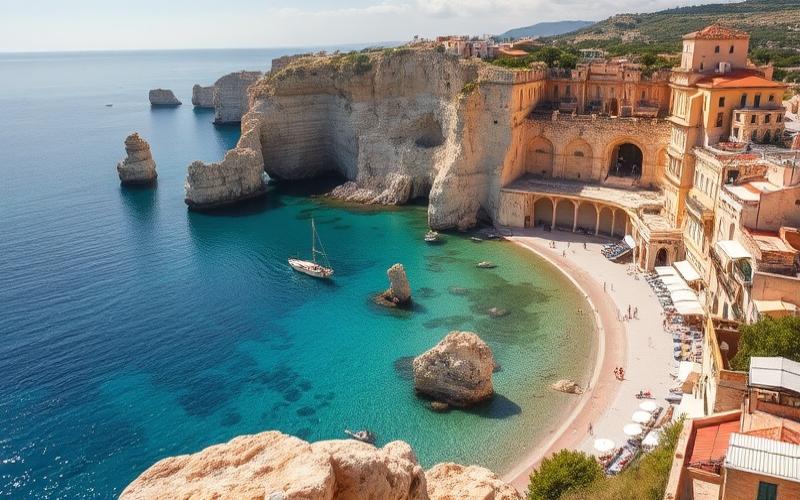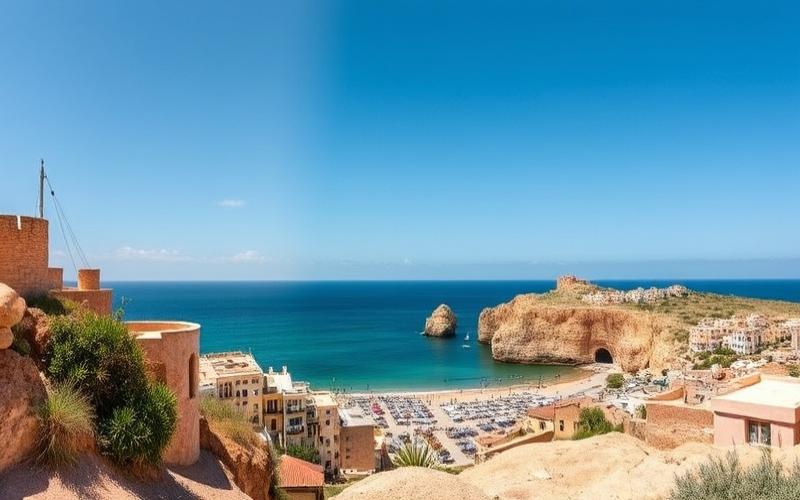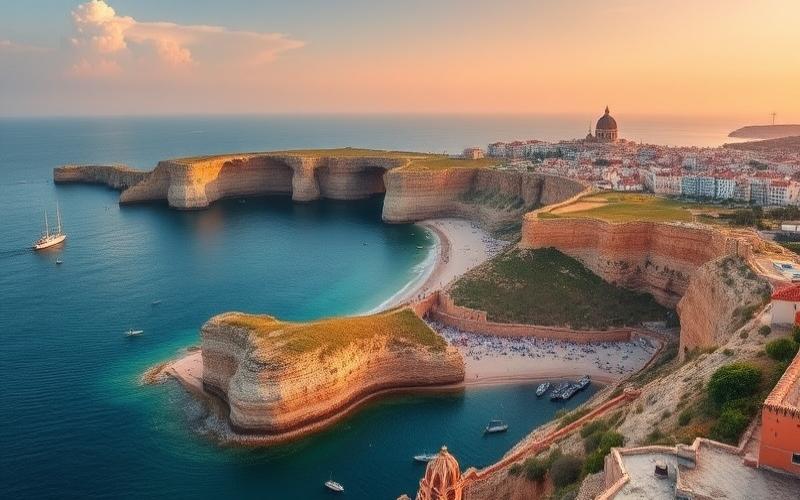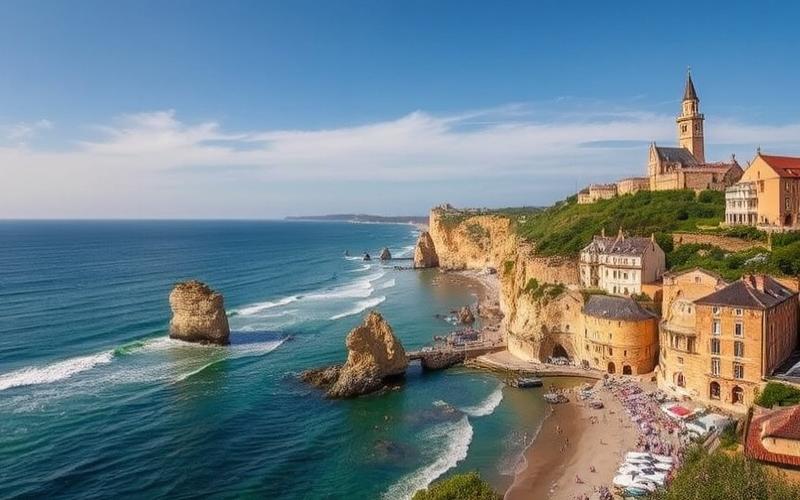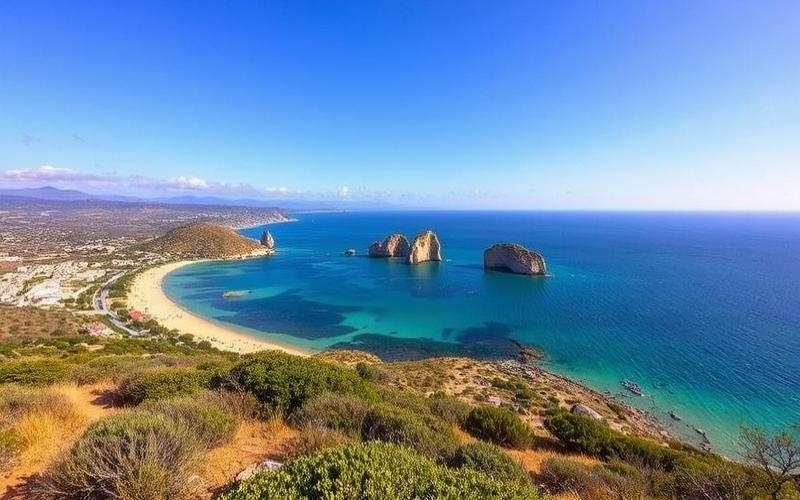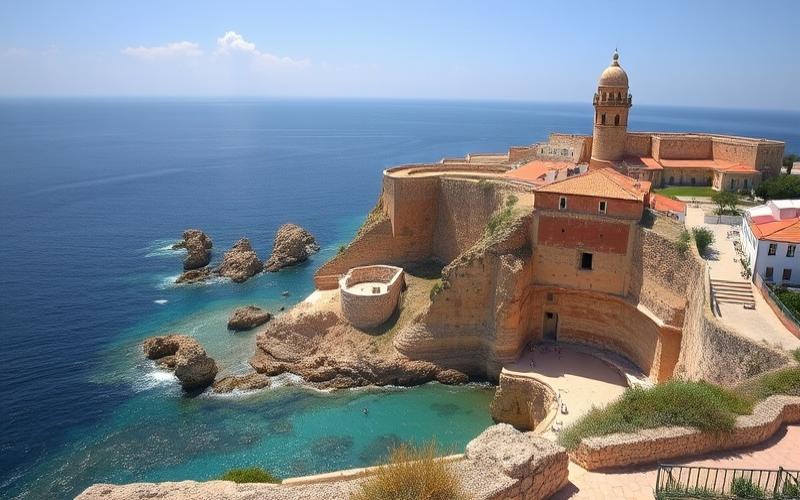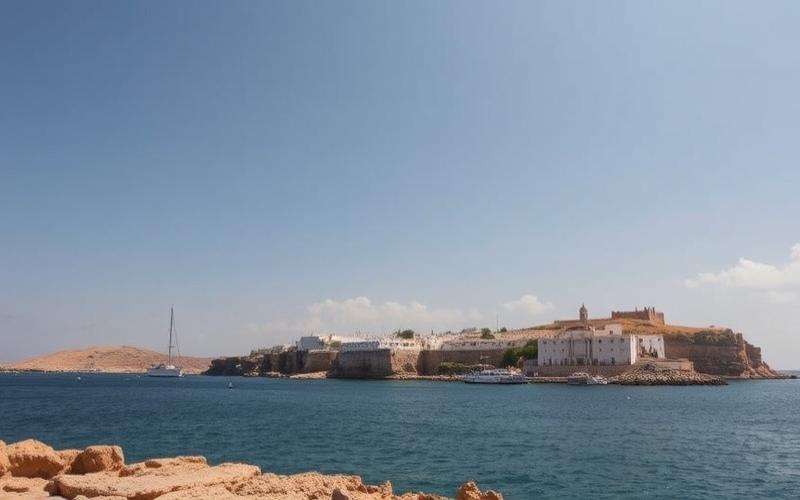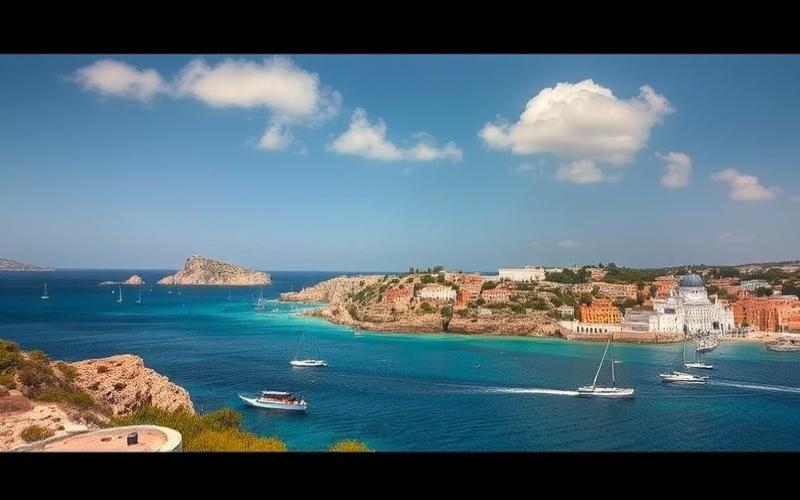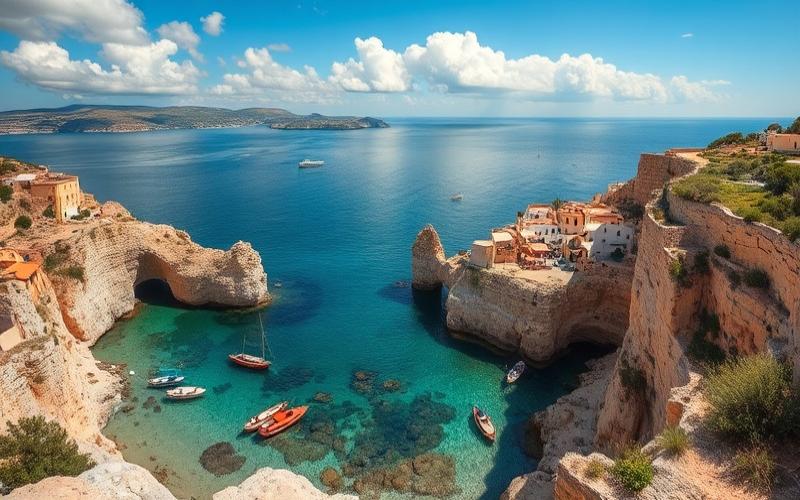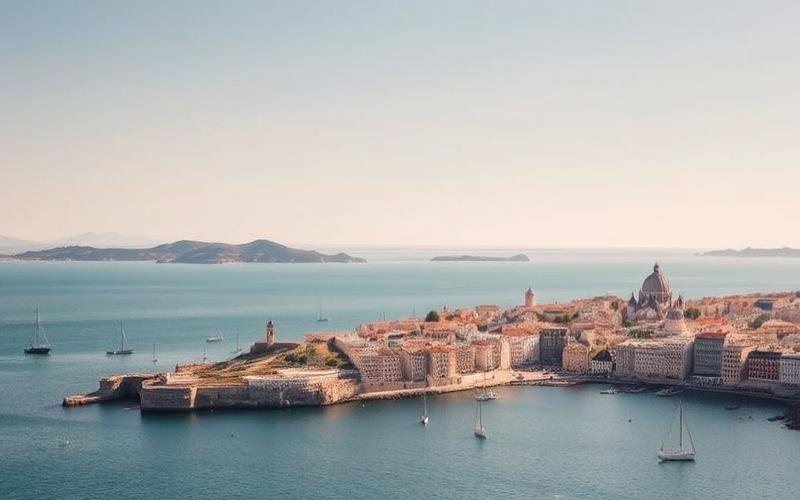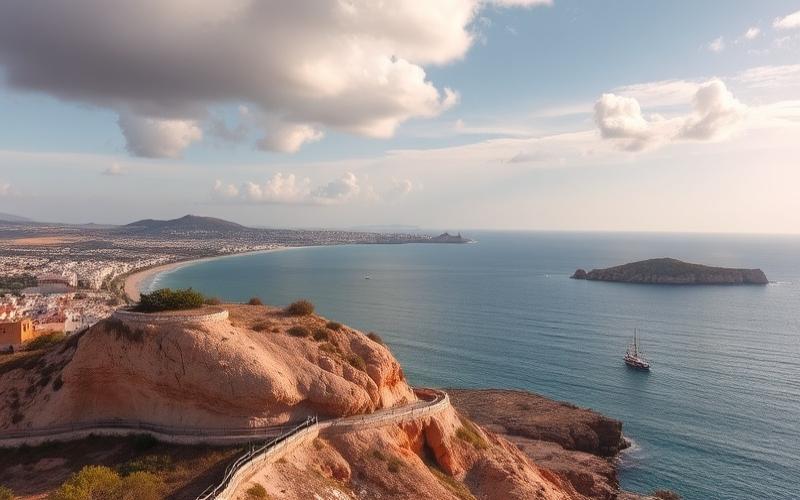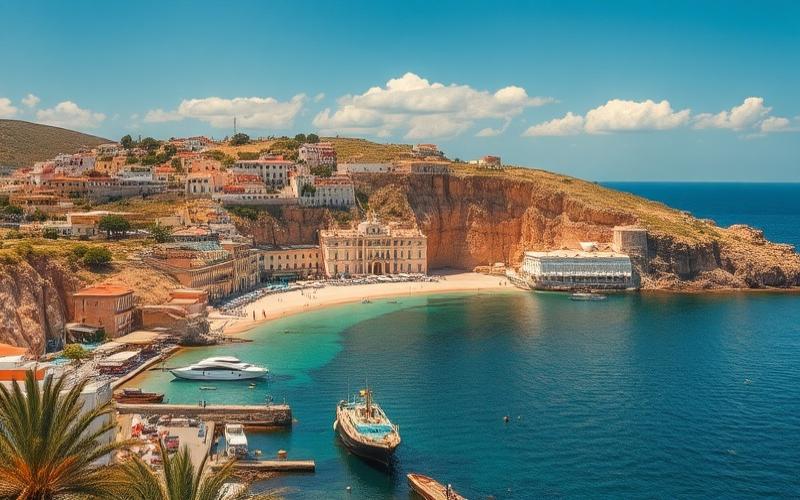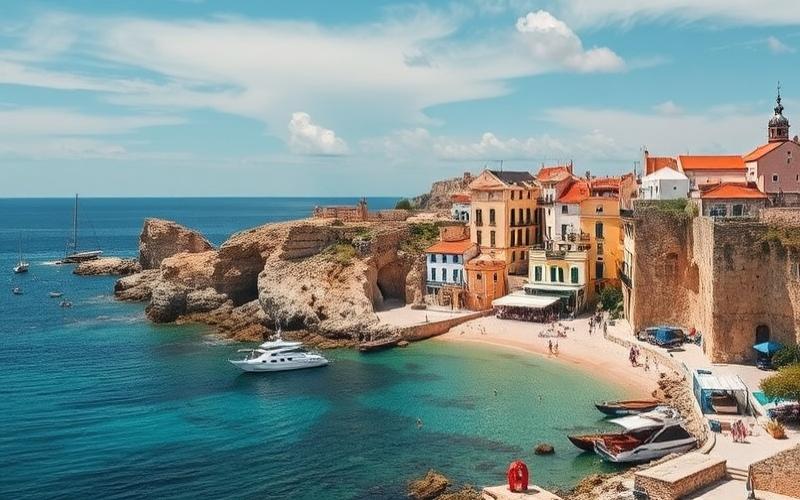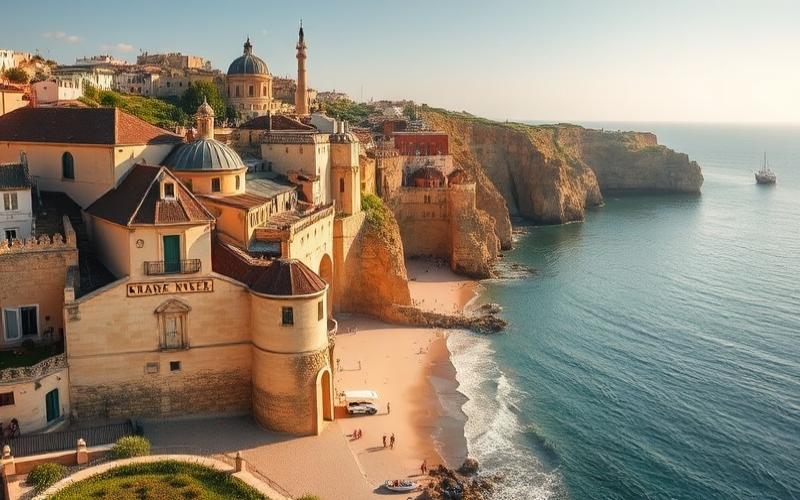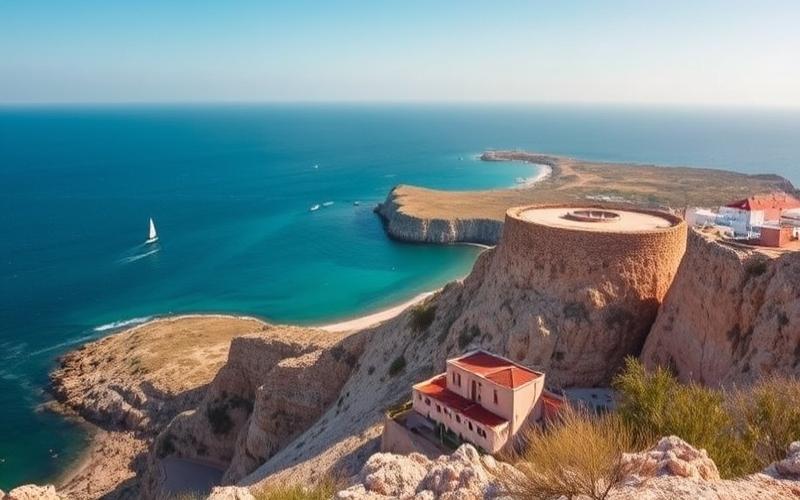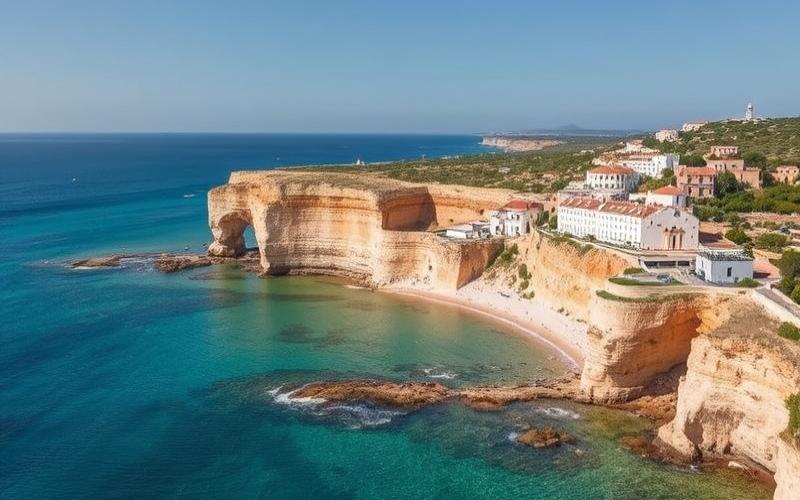
 Published on and written by Cyril Jarnias
Published on and written by Cyril Jarnias
The Maltese archipelago, situated at the heart of the Mediterranean, boasts a rich and eventful history spanning over 7,000 years. From its mysterious prehistoric temples to its current status as a modern European nation, Malta has been shaped by the numerous civilizations that have succeeded one another over the centuries.
The First Inhabitants: A Flourishing Neolithic Civilization
Malta’s history begins around 5200 BC, when the first settlers arrived from nearby Sicily. These Neolithic farmers and fishermen quickly developed a sophisticated civilization, as evidenced by the impressive megalithic temples they left behind.
The sites of Ġgantija, Ħaġar Qim, Mnajdra, and Tarxien are among the oldest stone structures in the world, predating even the Egyptian pyramids. This temple civilization reached its peak between 3600 and 2500 BC, before declining for reasons still not fully understood.
Good to Know:
The Maltese megalithic temples are UNESCO World Heritage sites and represent an exceptional testament to the architectural genius of the archipelago’s early inhabitants.
Antiquity: A Succession of Conquerors
From the 8th century BC onward, Malta’s strategic location at the center of the Mediterranean made it a prime target for the major powers of the time:
- The Phoenicians settled around 800 BC, followed by the Greeks a century later
- In 480 BC, Carthage took control of the archipelago
- The Romans seized Malta in 218 BC during the Second Punic War
Under Roman rule, Malta experienced a period of prosperity. It was during this time that the Apostle Paul was shipwrecked on the island in 60 AD, introducing Christianity, which would become the dominant religion.
Malta’s ancient name, Melita, dates from this period. It is thought to derive from the Greek “meli” (honey) or the Phoenician “malat” (refuge), already highlighting the archipelago’s strategic importance.
Good to Know:
St. Paul’s Grotto in Rabat is a popular pilgrimage site, believed to mark the spot where the apostle stayed after his shipwreck.
The Middle Ages: Between Islam and Christendom
The fall of the Western Roman Empire in 476 opened a period of instability for Malta:
- The Vandals and then the Ostrogoths briefly occupied the archipelago
- The Byzantine Empire regained control of Malta until 870
- The Arabs then seized the islands and introduced Islam
Arab rule, which lasted until 1091, left a lasting mark on Maltese culture, particularly in the language. Modern Maltese indeed retains many words of Arabic origin.
In 1091, the Normans of Sicily reconquered the archipelago. This was followed by a period of Sicilian and then Spanish domination, during which Malta was gradually re-Christianized.
It was during this time that the capital was moved from Mdina, in the center of the main island, to the Grand Harbour, foreshadowing the future development of Valletta.
Good to Know:
The coexistence of Arab and Christian influences is still reflected today in Maltese architecture and traditions.
The Era of the Knights: Malta, Bastion of Christendom
In 1530, Emperor Charles V granted Malta to the Order of the Knights of St. John of Jerusalem, who had been expelled from Rhodes by the Ottomans. This period profoundly marked the history and landscape of the archipelago.
The Knights transformed Malta into an impregnable fortress, building powerful fortifications around the Grand Harbour. In 1565, they repelled the Great Siege by the Ottomans, cementing their reputation as defenders of Christendom.
The founding of Valletta in 1566, named in honor of Grand Master Jean de la Valette, symbolizes this new era of prosperity. The city, with its Baroque palaces and churches, still testifies today to the wealth and power of the Order.
Good to Know:
The Great Siege of 1565 is considered one of the most heroic events in Maltese history and is commemorated every year on September 8th.
The Napoleonic Interlude and the Beginning of the British Era
In 1798, Napoleon Bonaparte seized Malta en route to Egypt, ending the rule of the Knights. The French occupation, however, was short-lived. By 1800, the Maltese revolted with British assistance.
The Treaty of Paris in 1814 formalized British dominion over Malta. The archipelago then became a Crown Colony and a strategic naval base for the British Empire in the Mediterranean.
Under British administration, Malta underwent significant transformations:
- Development of infrastructure and education
- Gradual introduction of political autonomy
- Crucial role during both World Wars
Good to Know:
The courage of the Maltese people in the face of intense Axis bombing during World War II earned the entire island the George Cross, an honor still visible on the national flag.
Independence and Modern Malta
After World War II, the movement for independence accelerated. The key milestones were:
- 1964: Independence within the Commonwealth
- 1974: Proclamation of the Republic of Malta
- 1979: Closure of the British naval base
- 2004: Accession to the European Union
- 2008: Adoption of the euro
Today, Malta is a stable parliamentary democracy and a dynamic economy, focused on tourism, financial services, and new technologies. The archipelago has successfully leveraged its rich history and strategic position to reinvent itself as a bridge between Europe and North Africa.
Good to Know:
Despite its small size, Malta plays an active role on the international stage, particularly in discussions on Mediterranean issues and migration flow management.
Disclaimer: The information provided on this website is for informational purposes only and does not constitute financial, legal, or professional advice. We encourage you to consult qualified experts before making any investment, real estate, or expatriation decisions. Although we strive to maintain up-to-date and accurate information, we do not guarantee the completeness, accuracy, or timeliness of the proposed content. As investment and expatriation involve risks, we disclaim any liability for potential losses or damages arising from the use of this site. Your use of this site confirms your acceptance of these terms and your understanding of the associated risks.

